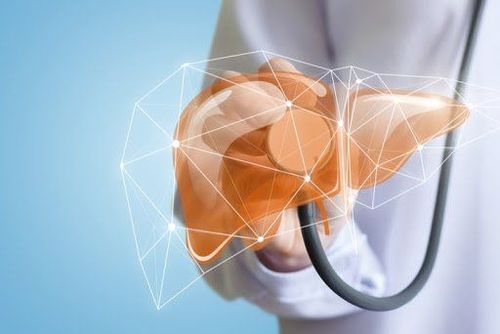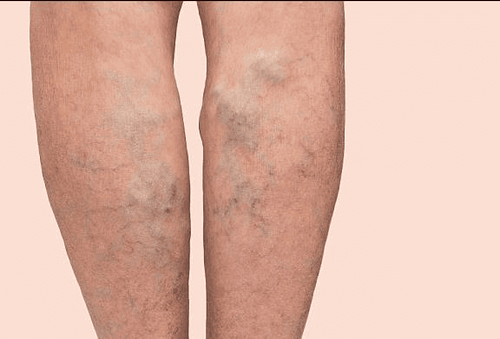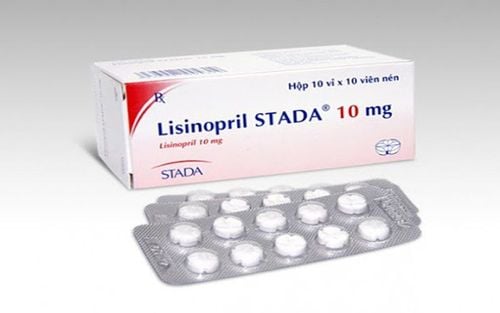This is an automatically translated article.
Arteriovenous fistula is an abnormal lesion in the flow of blood between an artery and a vein. They can appear anywhere on the body, but are most common in the brain. Arteriovenous catheterization if not detected and treated can lead to heart failure, seriously affecting the patient's health.
1. Arteriovenous catheterization is what disease?
In the human body, arteries and veins are connected by very small blood vessels, called capillaries. Arteries carry blood from the heart to all the capillaries in the body, veins receive blood from the capillaries and carry blood back to the heart. When the blood circulation between the artery and the vein is abnormal, it is not through the capillary network, it is called an arteriovenous shunt.
Arteriovenous catheterization can occur anywhere in the body, but most commonly in the brain and spine, causing dangerous complications if not detected and treated appropriately in time.
2. Causes of Arteriovenous Catheterization
Causes of an AVM can be:
Acquired birth defect: an abnormal condition of blood vessels that develops from the fetal stage until the baby is born. Trauma: The vast majority of arteriovenous catheters are caused by trauma. Endovascular treatment: Endovascular treatment and intervention using large-sized catheters affecting blood vessels. Other causes: Performing angioplasty or plastic surgery, ...

Dị tật bẩm sinh là nguyên nhân gây thông động tĩnh mạch
3. Diagnosis of Arteriovenous Catheterization
Arteriovenous catheterization may not cause any symptoms until there are some clinical manifestations.
3.1. Clinical symptoms of arteriovenous catheter
A murmur is heard and a palpable palpation is continuous in the area of the arteriovenous fistula, especially increasing during systole. Compression of the arterial area above the shunt was found to reduce or disappear murmurs and vibrations. There is a hematoma, the pulse can be heard, and the distal weakness is weak. Superficial varicose veins then progress to aneurysms, causing compression and internal bleeding. Patients have symptoms such as edema in the extremities below the cannula, pain, and reduced mobility. When the shunt is close to the heart and large in size, it can cause manifestations of heart failure.
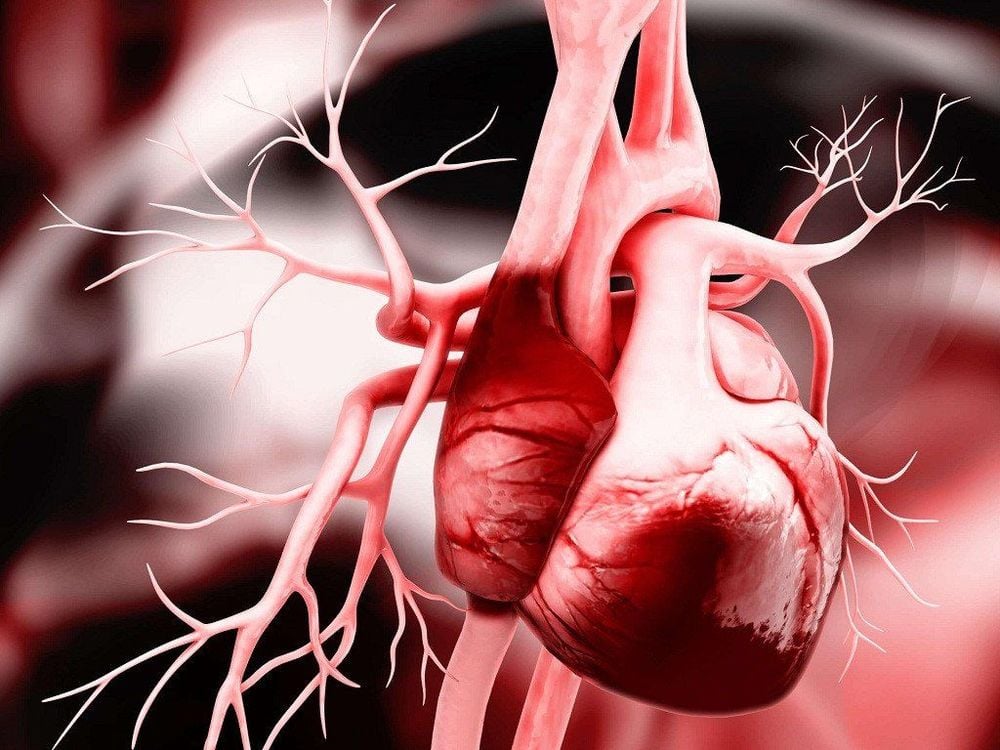
Thông động tĩnh mạch có thể gây suy tim khi khối thông gần tim
3.2. Diagnostic test
Ultrasound: Ultrasound can determine the location and size of the catheter, as well as the morphology of the central and peripheral tip of the vessels leading to the catheter. Doppler ultrasound: Doppler ultrasound can determine the position, flow pattern and flow, speed, ... of the blood flow moving inside the catheter. Angiography: Angiography can determine the morphology of the arteriovenous tract as well as the direction in and out of the blood vessels. Computed tomography, magnetic resonance imaging: Determine the morphology and extent of the mass as well as the accompanying muscle and bone lesions.
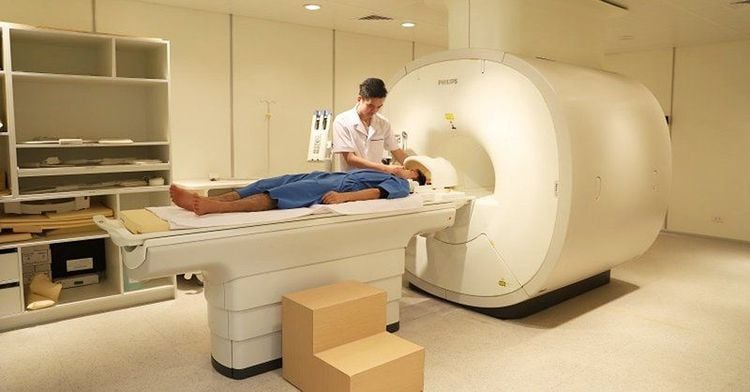
Chụp MRI giúp chẩn đoán bệnh thông động tĩnh mạch
4. Arteriovenous catheterization treatment
Arteriovenous catheterization when detected needs to be treated early to prevent complications leading to heart failure. Accordingly, the patient can be prescribed treatment with the following methods:
4.1. Surgical treatment to preserve blood circulation
Stitch the stoma from the direction of the venous lumen, then suture to restore the opening of the vein wall; Surgery to cut the catheter in half, then suture the artery and vein walls; Surgery to remove the arteriovenous segment with a hole, then suture the blood vessels together; Surgical resection of the arteriovenous fistula, then vascular graft.

Điều trị ngoại khoa bảo tồn lưu thông mạch máu là một trong những phương pháp điều trị phổ biến
4.2. Vascular surgery
Performed in cases where the patient's lateral circulation system is well developed, the periphery of the shunt is guaranteed to nourish after surgery.
Arteriovenous catheterization is a dangerous condition, if left untreated for a long time, it can lead to complications of heart failure, rupture of the vascular block, seriously affecting the patient's health. Therefore, early diagnosis and treatment is very important.
Vinmec International General Hospital is a general hospital with the function of examining and treating many diseases. At Vinmec, we have also performed the diagnosis and treatment of cardiovascular diseases with modern medical methods that not only bring high efficiency but also minimize the complications of recurrent disease. The great success is because Vinmec is always fully equipped with modern facilities, examination and treatment procedures are carried out by a team of well-trained and experienced doctors in both and abroad.
To register for medical examination and treatment at Vinmec International General Hospital, you can contact Vinmec Health System nationwide, or register online HERE.





